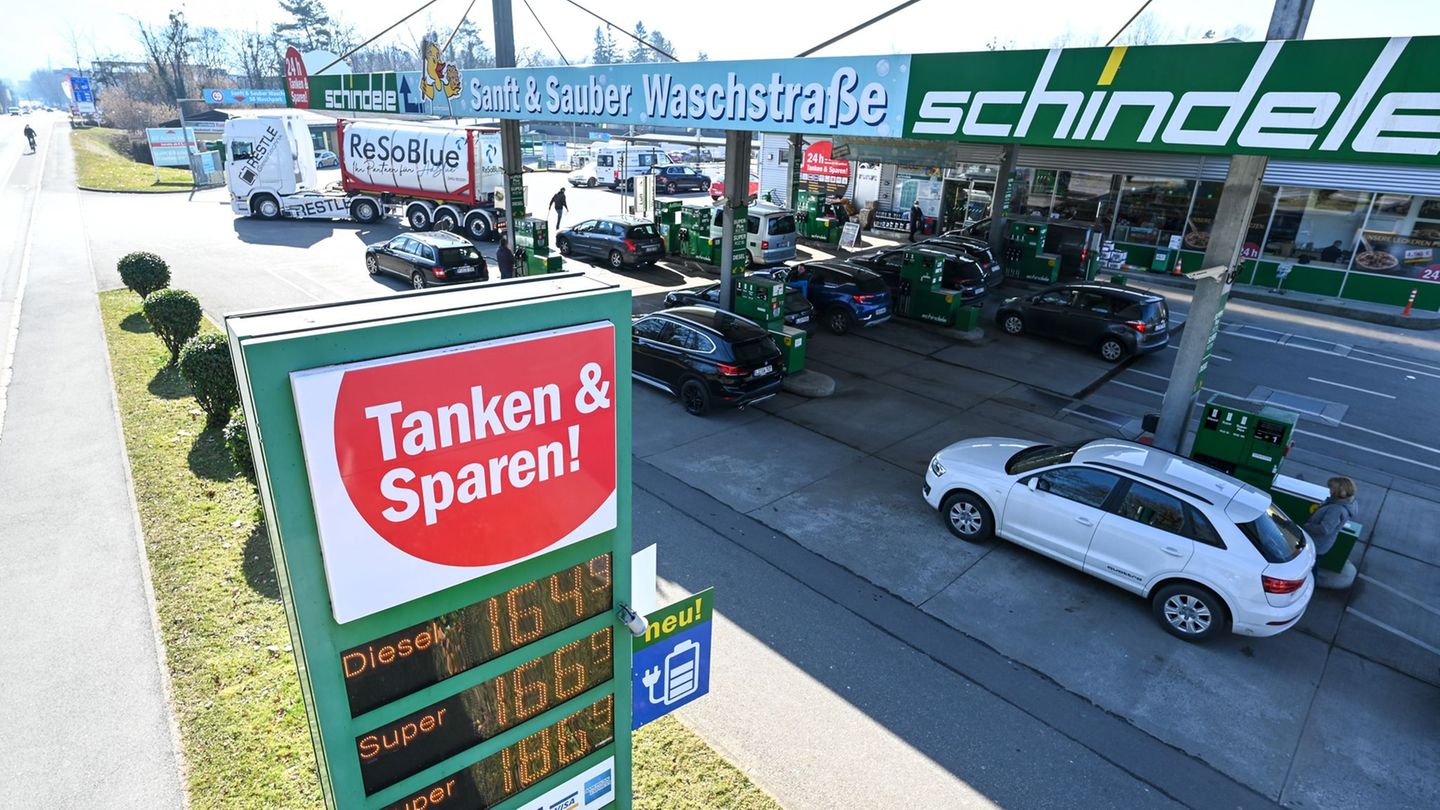The increasing proportion of electric vehicles and hybrids has caused the average weight of cars to rise in recent years – but the heaviest cars are often powered by combustion engines.
Who sells the heaviest cars? In Germany, depending on how you look at it, these are the brands Ineos or Cadillac. Rolls-Royce, Bentley and the electric car manufacturer Fisker are also among the heaviest in the country, according to a dpa analysis of figures from the Federal Motor Transport Authority (KBA) on new registrations last year. It’s easy to find empty weights of more than two and a half tons – even if you ignore mobile homes and small commercial vehicles (utilities). Models weighing less than 1000 kilos, on the other hand, are rare.
Who is the heaviest in the country?
With an unladen weight of 3,472 kg, the Cadillac Escalade clearly leads the ranking. All model series listed individually by the KBA in its statistics on new registrations according to environmental characteristics were taken into account. Number two, the Mercedes Maybach, comes far behind with 3,027 kg, followed by the Ineos Grenadier with 3,002 kg. All three vehicles are rare in Germany; together they only had a little more than 1,000 new registrations in 2023.
But if you set the limit at two and a half tons, that means two dozen model series and tens of thousands of cars from the SUV, off-road vehicle and luxury class segments. It is not possible to give an exact number because the KBA only ever specifies one weight per model series, but the individual cars can then vary depending on the engine or equipment.
And who is the lightest?
The KBA only lists two model series under 1000 kilos: the small cars Mitsubishi Mirage with 954 kilos and Suzuki Ignis with 971 kilos. Together they had around a third fewer new registrations than the cars over two and a half tons. Here, too, the exact number cannot be determined. Incidentally, in 2022 the KBA still listed four model series under one tonne, ten years ago even 15.
How heavy is the average new German car?
The KBA gives a value of 1,696 kilos for 2023. However, this includes heavy mobile homes and utilities, which push the average up by around 50 kilos. Although there is no change compared to 2022, in the long term it is significant: in 2013 the average weight was 1,475 kilos.
Why are new cars getting heavier?
There are several drivers behind this development: Firstly, particularly small cars are less attractive for manufacturers because they typically yield lower margins. Accordingly, the supply has decreased. In contrast, SUVs and off-road vehicles are booming, which are generally heavier than comparable cars with a flatter body due to their design. And the increasing use of safety and assistance systems as well as gadgets for convenience are also contributing to this development.
But hybrids and especially pure electric cars are particularly noticeable here, as they tend to be heavier. The large batteries of pure electric cars, or the additional electric motor and the smaller batteries of hybrids, are anything but light. In any case, you will look in vain for pure electric cars under a ton.
There have been advances in lightweight construction, but these cannot compensate for the increase in weight.
Are only electric cars heavy?
No, it doesn’t need a large battery to be at the top of the weight scale. The Escalade, for example, is usually powered by a gasoline engine. This has consequences for consumption and CO2 emissions, which even according to the often rather optimistic official consumption measurements are 13 liters of gasoline per 100 kilometers or more than 300 grams of CO2 per kilometer.
And that’s not even the maximum: other vehicles in the class over two and a half tons sometimes consume two or three liters more. At the other end of the weight scale, things are different: under 1200 kg, petrol engines usually have official consumption figures of 5 before the decimal point and CO2 emissions of just over 100 grams per kilometer.
Which brands are particularly heavy?
If you look at brands rather than model series, Ineos is the heaviest. The KBA only lists the Grenadier model series with its 3002 kilos. This is followed by Rolls-Royce with 2757, Fisker with 2561 and Bentley with 2509 kilos. But all of these are rather rare cars. If you only look at brands with at least one percent market share, Volvo weighs the most with an average of 2139 kilos.
Tesla follows with 2015 kilos, a large part of which are batteries, ahead of Mercedes with 2011. Porsche ranks fourth with 1988 kilos, because all the lightweight construction of the Swabian sports cars cannot compensate for the pounds of the brand’s now numerous off-road vehicles and luxury sedans.
BMW is at 1893, Ford at 1804 and Audi at 1772 kilos – all above the German average. VW is below this at 1590, as are its subsidiaries Skoda and Seat at 1550 and 1525 respectively. Opel comes in at 1444 kilos. The lightest brand with at least one percent market share in Germany is Dacia. Its average weight is 1268 kilos.
Source: Stern




